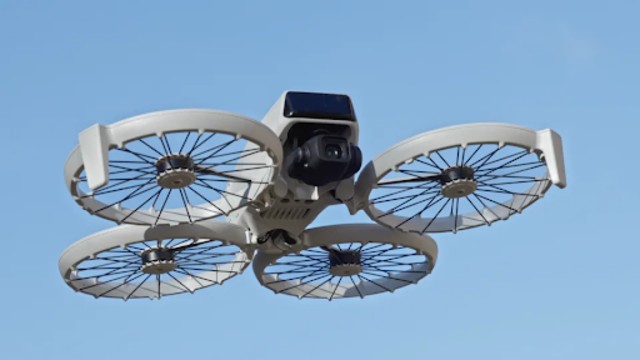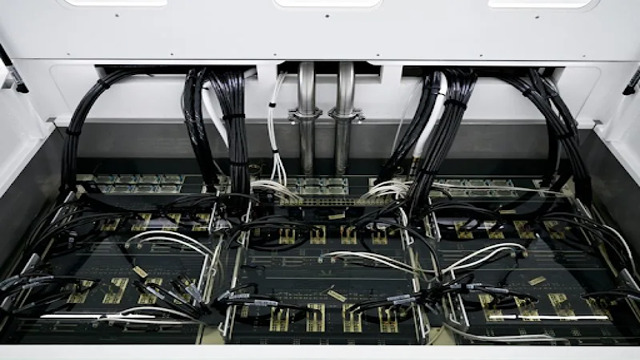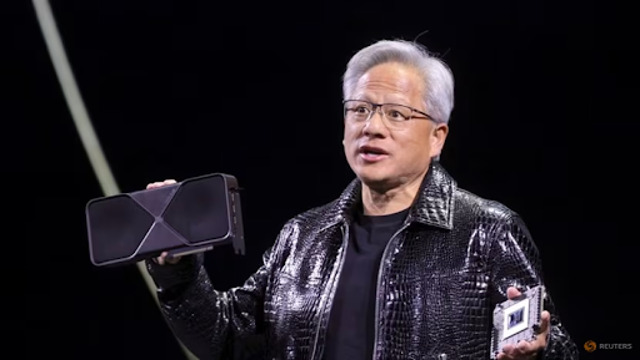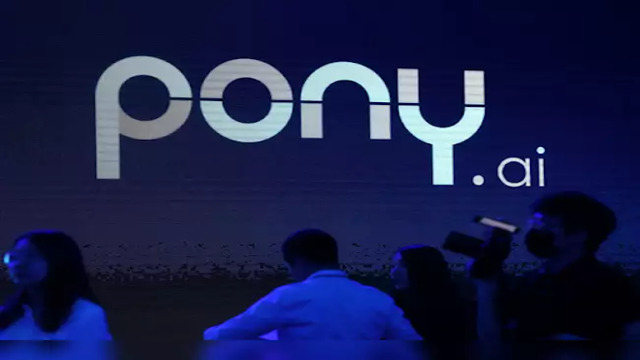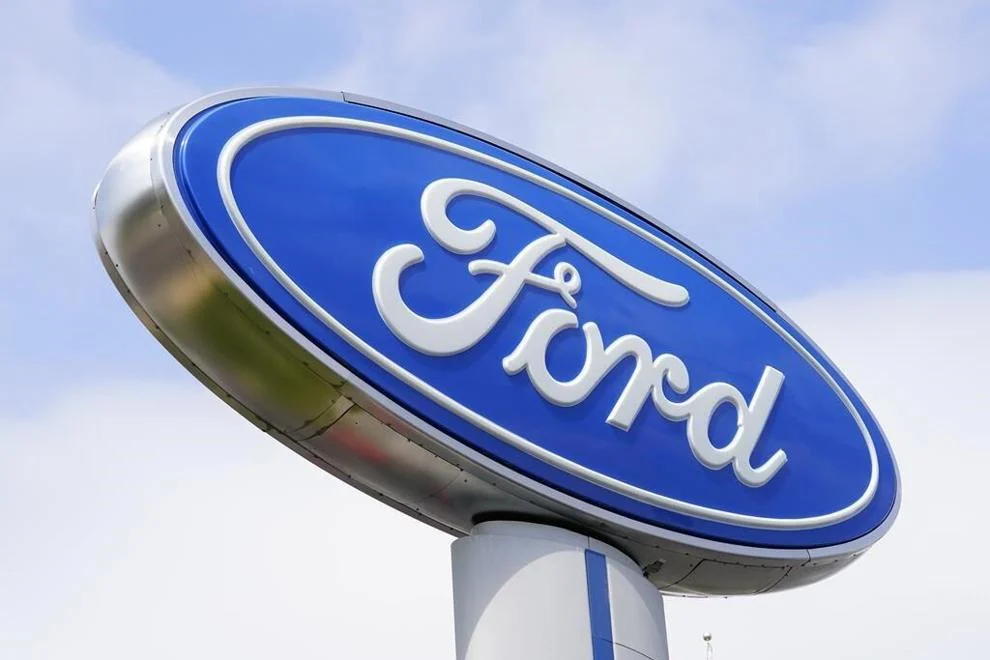
FILE - A Ford sign is seen at a dealership in Springfield, Pa., April 26, 2022. The National Transportation Safety Board is investigating a March 3, 2024, crash near Philadelphia that killed two people and involved a Ford electric vehicle that may have been operating on a partially automated driving system.The Canadian Press
Investigators"Federal investigators disclosed on Thursday that the driver of a Ford electric SUV involved in a fatal crash in Texas last February had engaged the company's semi-automated driving system prior to the accident. The National Transportation Safety Board (NTSB) released a preliminary report, revealing data from the 2022 Mustang Mach E SUV indicating the use of Ford's "Blue Cruise" driver-assist system before the crash.
This incident is one of two recent fatal accidents involving Ford Mustang Mach Es that are currently under investigation by both the NTSB and the National Highway Traffic Safety Administration (NHTSA). These agencies often dispatch teams to investigate incidents related to automated technology.
The NTSB can only provide recommendations, while the NHTSA has the authority to take action, including seeking recalls for safety concerns.
In both cases, the Mustang Mach Es collided with vehicles that were stationary on freeways during nighttime hours, and neither the driver nor the automated system could prevent the crashes. Ford emphasizes on its website that its driving systems are not substitutes for human drivers, who must remain prepared to assume control at any moment.
A Ford spokesperson declined to comment specifically on the NTSB report, referring instead to a previous statement indicating the company's cooperation with the ongoing investigations.
The fatal crash in Texas occurred on Interstate 10 in San Antonio, where the Mach E rear-ended a 1999 Honda CR-V that had come to a stop in the middle of three lanes around 9:50 p.m. The collision resulted in the death of the 56-year-old CR-V driver.
According to a witness, neither the tail lights nor the hazard lights of the CR-V were functioning at the time.
The NTSB intends to issue safety recommendations to prevent similar accidents, citing continued interest in advanced driver assistance systems and how drivers interact with such technology.
The other fatal crash involving a Mach E occurred around 3:20 a.m. on March 3 on Interstate 95 in Philadelphia. The Pennsylvania State Police reported that a Mach E struck a stationary Hyundai Elantra in the left lane, causing a chain reaction collision involving a Toyota Prius. During the crash, the Prius driver, who was outside of his vehicle, was struck and thrown into the southbound lanes. Both the Prius driver and an occupant of the Hyundai, aged 21 and 20 respectively, were pronounced dead at the scene.
The police are conducting a criminal investigation into the crash, with potential charges including homicide by motor vehicle while driving under the influence against the 23-year-old woman driving the Mach E.
Ford's Blue Cruise system enables drivers to release their grip on the steering wheel while it manages steering, braking, and acceleration on highways. Ford emphasizes that the system is not fully autonomous and monitors drivers to ensure they remain attentive to the road. It operates on 97% of controlled access highways in the U.S. and Canada.
Although there are no fully autonomous vehicles available to the public in the U.S., both the NHTSA and the NTSB have previously investigated numerous crashes involving semi-automated driving systems, primarily focusing on Tesla's Autopilot. The NTSB has examined the functionality of such systems in past investigations.





